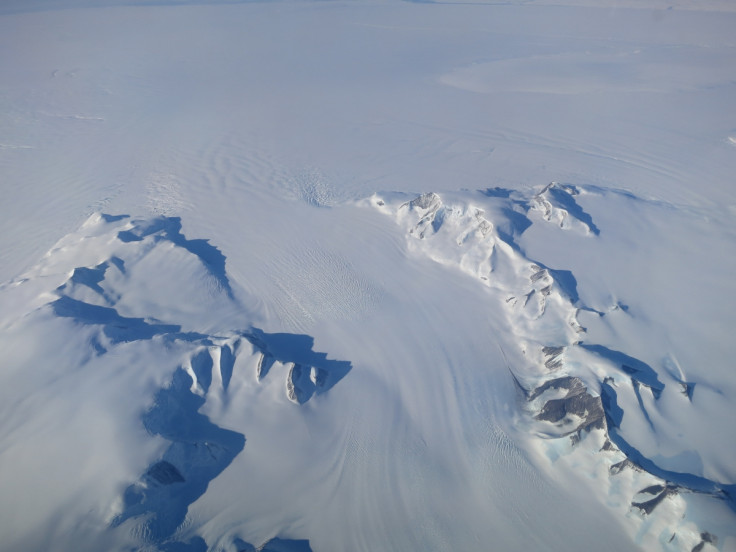Nasa study shows Antarctica sheet gaining ice

Contradicting many studies including that of the UN's IPCC, a new Nasa study claims that Antarctica is gaining more ice than what it loses from its glaciers. The process that began 10,000 years ago continues, thickening the ice in East Antarctica and the interior of West Antarctica by an average of 0.7 inches (1.7cm) per year, says the satellite data.
The southern continent's ice sheet showed a net gain of 100 billion tonnes of ice a year from 1992 to 2001. It slowed to around 73 billion tonnes of ice per year between 2003 and 2008.
The new study is in general agreement with other studies on overall ice loss, except for East Antarctica and the interior of West Antarctica where the ice gain exceeds the losses in the other areas.
The mass gain from the thickening of East Antarctica remained steady from 1992 to 2008 at 180 billion tonnes per year, while the ice losses from the coastal regions of West Antarctica and the Antarctic Peninsula increased by 59 billion tonnes per year.
"We're essentially in agreement with other studies that show an increase in ice discharge in the Antarctic Peninsula and the Thwaites and Pine Island region of West Antarctica," said Jay Zwally, a glaciologist with Nasa Goddard Space Flight Center in Greenbelt, Maryland, and lead author of the study, which was published on 30 October in the Journal of Glaciology.
The gains in ice sheet seen in East Antarctica were ascribed by other scientists to recent increases in snow accumulation, but Zwally's team showed that the snowfall in East Antarctica actually decreased by 10 billion tonnes per year during 1992 to 2001 and 2003 to 2008.
However, Zwally notes that it might only take a few decades for Antarctica's growth to reverse. "If the losses of the Antarctic Peninsula and parts of West Antarctica continue to increase at the same rate they've been increasing for the last two decades, the losses will catch up with the long-term gain in East Antarctica in 20 or 30 years."
The other worrying aspect is that if Antarctica is not contributing to the recorded rise in sea level, there is some other region doing the same. "If the 0.27 millimeters per year of sea level rise attributed to Antarctica in the IPCC report is not really coming from Antarctica, there must be some other contribution to sea level rise that is not accounted for," said Zwally.
Changes in surface height of the ice sheets were measured by the satellite altimeters on European Space Agency satellites. The European Remote Sensing (ERS) satellites spanned from 1992 to 2001, and the laser altimeter on Nasa's Ice, Cloud, and land Elevation Satellite (ICESat) from 2003 to 2008.
© Copyright IBTimes 2025. All rights reserved.





















